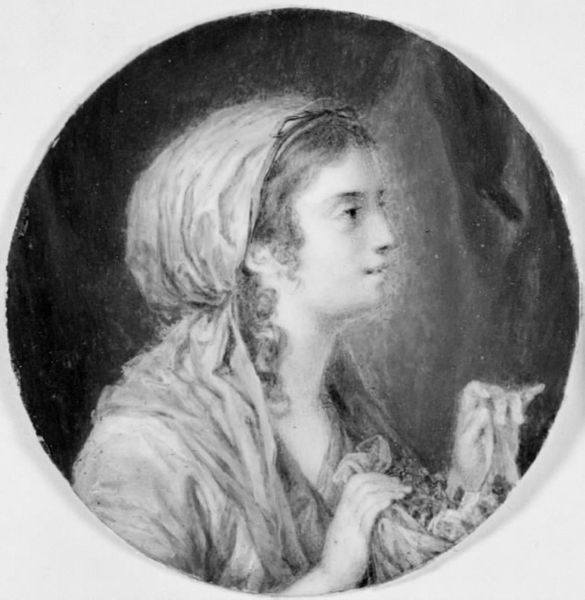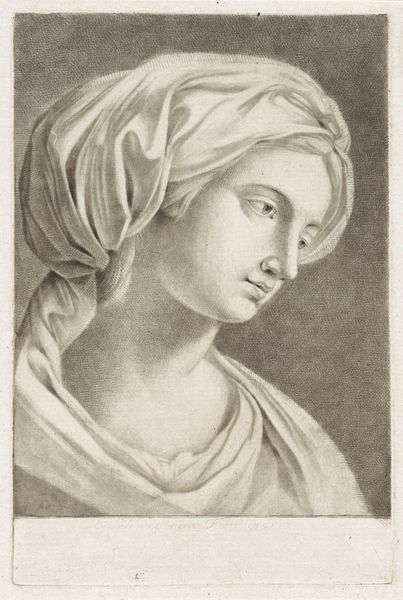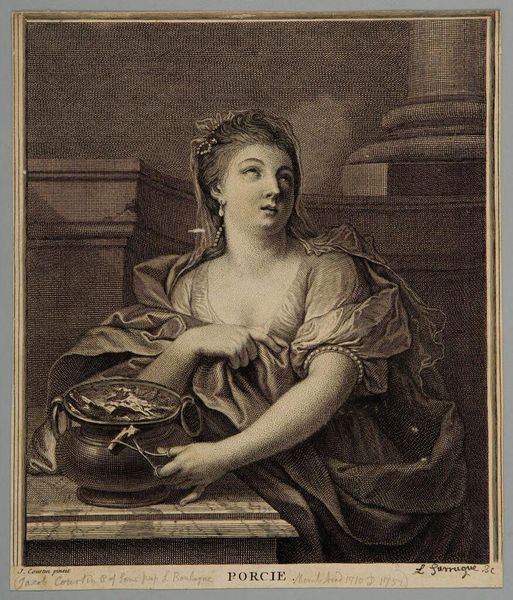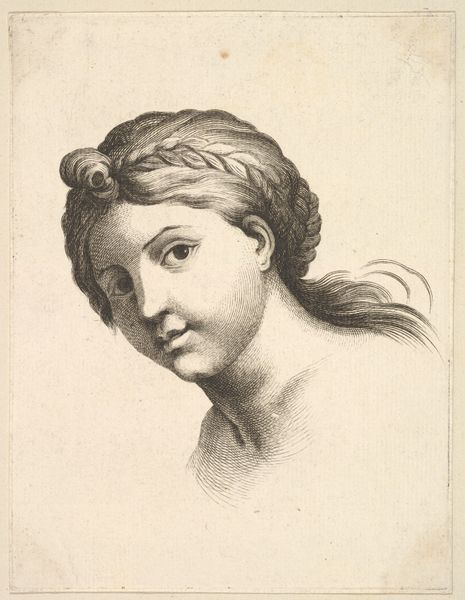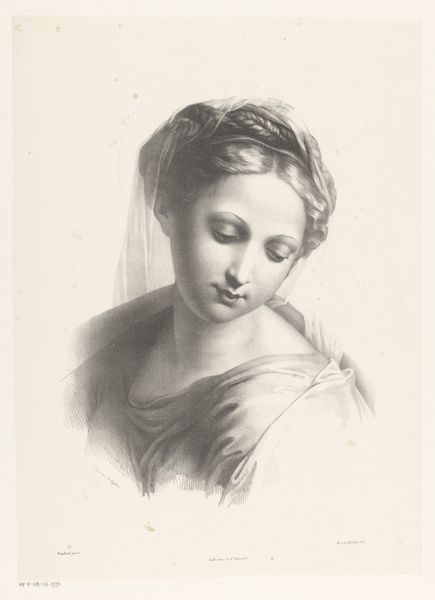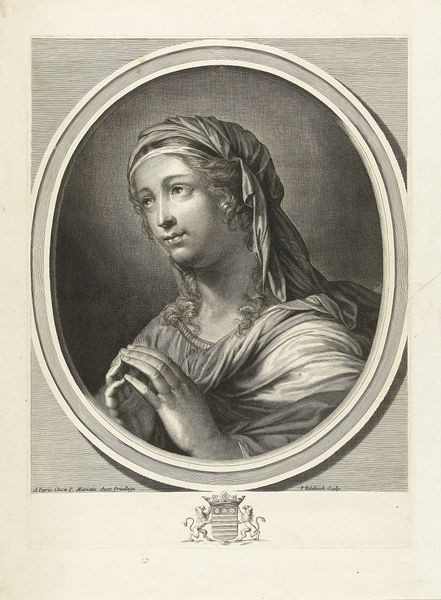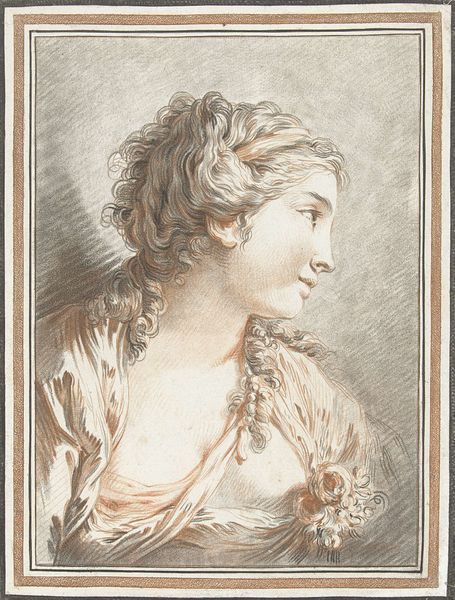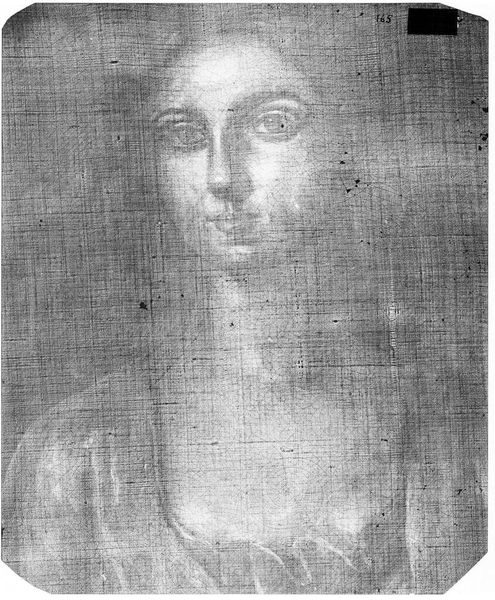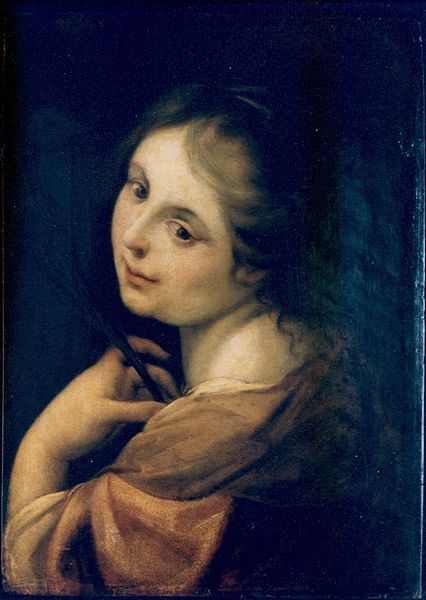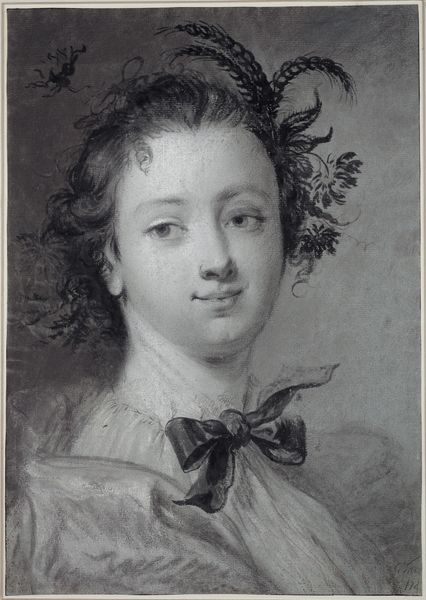
painting
#
portrait
#
portrait image
#
portrait
#
painting
#
figuration
#
male portrait
#
portrait reference
#
portrait head and shoulder
#
portrait drawing
#
facial portrait
#
academic-art
#
portrait art
#
fine art portrait
#
rococo
#
digital portrait
Dimensions: 13.5 cm (height) x 11.5 cm (width) (Netto)
Editor: This is Peder Als’s painting, "Den hellige Barbara," made sometime between 1741 and 1776. It's currently held at the SMK, Statens Museum for Kunst. I’m struck by the way she gazes downward, and the soft, almost melancholic mood. How do you interpret this work? Curator: Well, seeing "Den hellige Barbara" through an activist lens compels us to consider the construction of female archetypes within religious and historical contexts. This representation, likely idealized, begs the question: whose gaze are we viewing her through? Does this depiction reinforce or subvert the limited roles assigned to women within the church? Editor: That’s fascinating! I hadn’t really considered the gaze. Is there a reason Saint Barbara is often depicted with this demure, downward glance? Curator: Often, these artistic choices are loaded with socio-political meaning. The downward gaze, while seemingly pious, might also subtly disempower the subject, positioning her as submissive. Consider the male artists who frequently depict women throughout art history and what biases they reinforce through posture, expression, and symbol. What does it mean to reclaim or reinterpret these images from a feminist perspective today? Editor: That raises so many points about representation and agency. It's almost as if understanding the historical context unlocks a whole new level of interpretation. Curator: Precisely! By examining art through intersectional lenses of gender, power, and historical context, we can reveal how seemingly straightforward portraits reflect and shape larger societal norms. It’s not just about aesthetics; it’s about power dynamics. Editor: I’m definitely going to be looking at portraits differently from now on. Thanks for shedding some light on the power dynamics at play here. Curator: My pleasure. Engaging with these difficult questions is how we transform art history into a truly dynamic field.
Comments
No comments
Be the first to comment and join the conversation on the ultimate creative platform.

